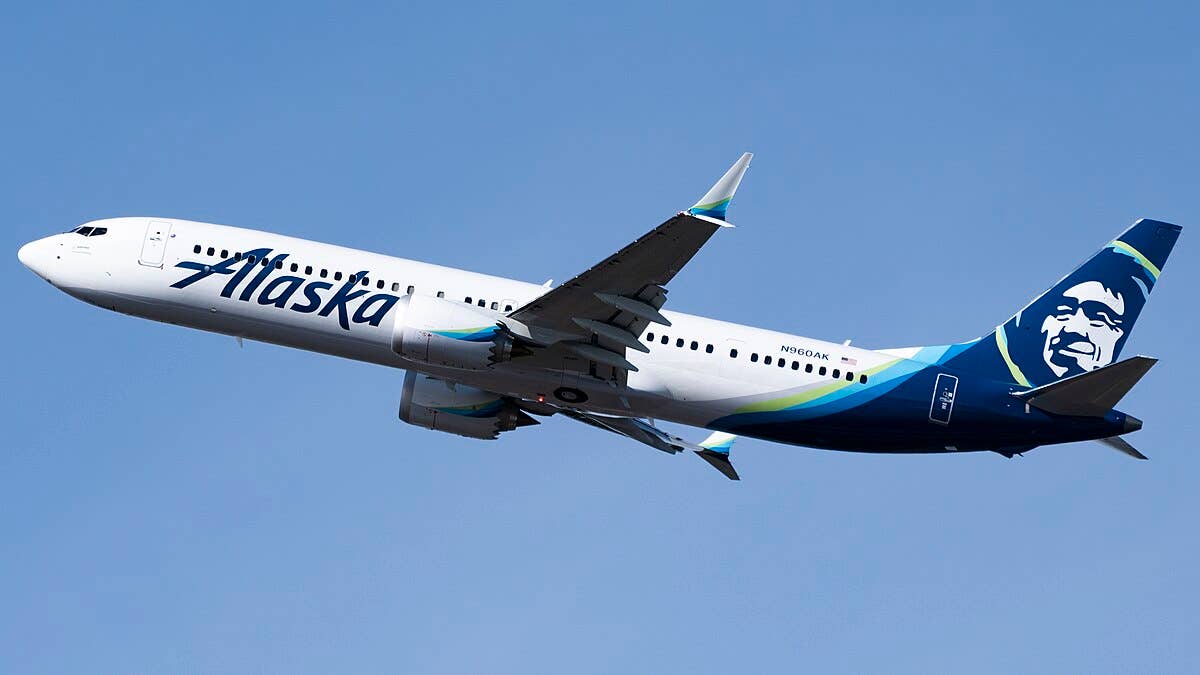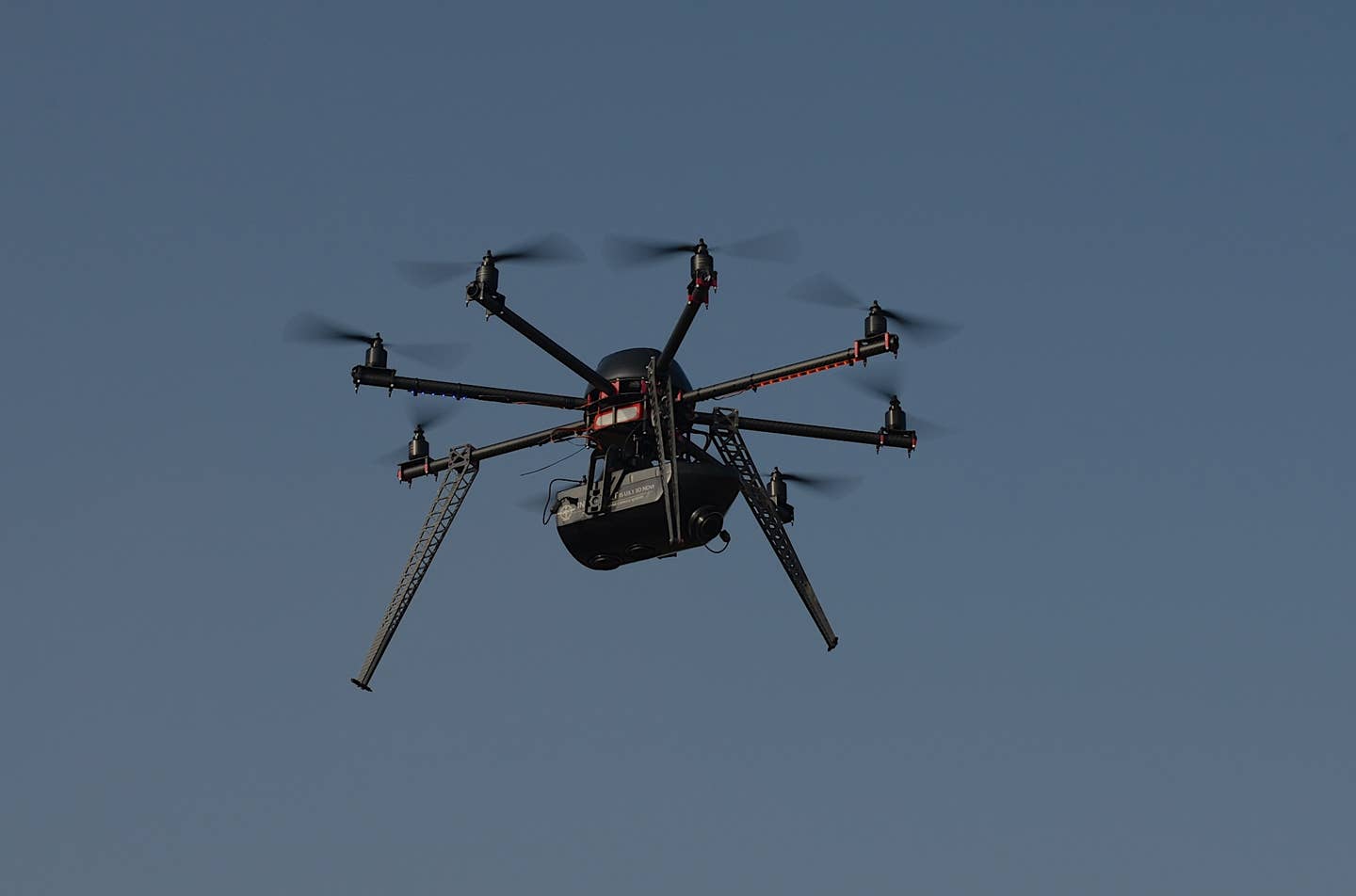FAA Gives Boeing 90 Days To Establish A Quality-Action Plan
Boeing now has 90 days to present a comprehensive action plan to resolve what the Federal Aviation Administration cites as “systemic quality-control issues.” Today (Feb. 28), FAA Administrator Mike Whitaker…

Boeing now has 90 days to present a comprehensive action plan to resolve what the Federal Aviation Administration cites as “systemic quality-control issues.” Today (Feb. 28), FAA Administrator Mike Whitaker cut in half yesterday’s National Transportation Safety Board (NTSB) six-month mandate for developing an action plan to achieve “substantive upgrades” in Boeing’s quality and safety systems. The NTSB recommendation was part of its preliminary report on an Alaska Airlines incident, where four bolts in a fuselage door plug of a Boeing 737 MAX 9 were never reinstalled after preproduction fuselage repair work by Boeing employees, resulting in the door plug departing the aircraft in flight.
Administrator Whitaker’s statement added that Boeing’s efforts at improving quality control must consider information to be gleaned by an ongoing production-line audit by the agency, as well as the findings from an expert panel review commissioned by the FAA and released yesterday. Also, the FAA mandates action on completing the Safety Management System initiative Boeing formally launched in 2019. Of note, the FAA announced Boeing would be responsible for ensuring the SMS be integrated with its Quality Management System and that efforts must mandate “the same level of rigor and oversight” among its suppliers, such as Spirit AeroSystems, which manufactures the 737 MAX fuselages. The long-term objective, according to the FAA, is creating “a measurable, systemic shift in manufacturing quality control.”
At an all-day meeting with Boeing CEO Dave Calhoun and members of his senior safety staff yesterday, Whitaker advised the Boeing team of his action. After the meeting, as reported in the Seattle Times, Whitaker said, “Boeing must commit to real and profound improvements. Making foundational change will require a sustained effort from Boeing’s leadership, and we are going to hold them accountable every step of the way, with mutually understood milestones and expectations.”
In a statement today, Boeing’s Calhoun said, “Boeing will develop the comprehensive action plan with measurable criteria that demonstrates the profound change that Administrator Whitaker and the FAA demand.”






